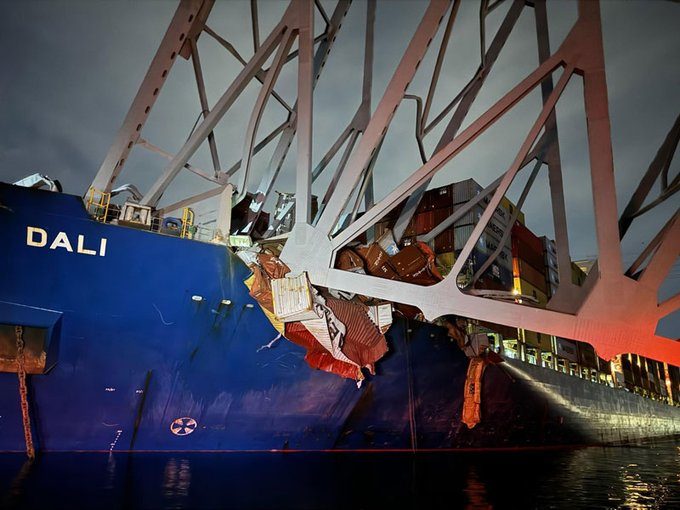Production decline leaves European automotive LSPs with eroding margins
European automotive logistics services providers will take some comfort in forecasts of a moderate rebound ...

From a container supply chain perspective, the effect from this morning’s incident will probably not be as dramatic as Baltimore’s bridge collapse itself – although it does leave carriers and east coast importers with potential headaches.
Baltimore handles around 1.1m teu a year which, as Verspucci ...


Comment on this article